|
We all are used to flipping the tag on our garment or on an item and seeing the item has been made overseas, its just normal right? It’s a good option and is usually better priced. But we love to unpack things here at Montage (not only because it usually means we are unpacking a pallet for an install!)
Shorter lead times and cost When you buy local you have the benefit of saving time on shipping. You are no longer at the mercy of overseas port delays and the actual time it takes for the item to be transported to our shores. Especially when these delays are unexpected, resulting in long lead times and potential costs associated with a “temporary plan B solution” to negate the project completion delay. There is also a financial addition of delivery costs, these costs go into the shipping and handling of each individual piece, which you wouldn’t normally experience with an Australian product. These costs can offset the savings from cheaper labour costs overseas.
Greater customisability While stock standard may be convenient, it also can fall short if your client looking for something more unique. Today, we desire products that reflect our personality and the energy of a space. This is especially important when an office space the requires a more bespoke feel which is an expression of the client’s businesses style. When you go local you gain access to a whole new world of customisation options. Not to mention the fact that there is less room for error as in some cases a local supplier will be able to come out to your space and measure it up personally of provide alternative or more cost-effective solutions which may not have been initially considered. There are a range of reasons why local saves you. Of course, at the end of the day you have to do what’s right by you. And like everything you have to weigh up your benefits to the negatives before you make your decision. At Montage, we have a range of items from local suppliers and products which we locally design, manufacture, and where possible source local materials. It’s all part of the complete offerings we like to provide to our client.
0 Comments
Custom furniture is more popular than ever as a cost-effective solution to fit out a commercial space. This is also combined with the fact more and more businesses are opting to buy local. There are clear benefits to this, supporting local means supporting Australian jobs and the economy, and buying Australian made furniture means you can have greater trust in the product. But what goes into making a custom piece and what makes custom pieces so special? We sat down with our newest supplier Klaro Industrial Design (KID for short) to discuss some of these burning questions. After a brief great tasting coffee (locally bought of course) and a tour of the showroom we got down to business.
A second common challenge which is often missed is access to the site – After building the units they then must be delivered and installed in the space. Entering and installing in the space needs to be accounted for, for example you will not be fitting a 6m specified table in a lift anytime soon. Therefore, from the beginning, said table must be designed so it can be broken down initially to be loaded into the lift, then it needs to be assembled on site – This needs to be straightforward as time constraints must be factored in. As all KID products are designed for longevity, we need to consider a client’s current space may be temporary, so at some point down the line, these pieces need to be easily dismantled without breaking – and yes, reassembled elsewhere. A third consideration, which at the end of the day is common across all creative briefs is client translation – You sometimes need to translate a drawing to what I call supply and fit language. There once again needs to be a happy medium between cost, lead time and design intent. Sometimes a realignment is needed before we begin the project. An extension of this is relationship building (this is common again in any discipline I feel. A relationship needs to be established, properly nurtured, and maintained between clients, suppliers, and the general team. As you develop relationships you better understand abilities, limitations and improves your ability to predict and therefore adapt.
Where do you source your materials from? Ideally all materials are sourced locally, (Timber – Victorian ash) steel, various fabrics (eg wool) because in the end it all feeds back to the local community, which benefits us all. I have a focus on recyclability and ensuring the material is biodegradable, my materials will hopefully see a second life after my product has ended. My focus is ethical and environmental sustainability. Even international timber needs to be ethically sourced. Fabric, foam, MDF, steel and timber are generally local. Fabric can come from international sources but can be recycled if the user decides to do it. For example, the felt I use is 70% recyclable PET.
Finally, what’s the turnaround time for a custom piece? All KID products have 4-5 weeks from confirmation to delivery and install. However, there are many factors that play into this, for example does the client want to source local or overseas components. But generally, we aim for 4-5 weeks. As we closed off our conversation, I noticed how warm, welcoming, and comfortable the pieces were – A clear intention and by product of well-considered design and functionality. Also noting the trend in workspaces adopting an inviting aura to better facilitate a productive environment.
And without a doubt keen to see what’s next on the menu of KID products. Montage offers a wide range of KID furniture, from workstations and tables to seating and storage – plus much more. Check it out here! There’s no doubt, the correct workstation improves wellbeing, motivation and productivity. Just think of the time your desk or workstation wasn’t large enough, or high enough, or didn’t seem to match the environment. The right workstation allows your day to flow more smoothly! So, want to know some tips on choosing your perfect workstation? Well look no further we have compiled some points to get you on your way to finding your perfect desk or workstation! The first thing is an obvious one – Purpose. What will the workstation be used for primarily? A workstation’s purpose is a key determining factor.
Materials Workstation tops can come in a variety of materials. But generally, laminate is the most popular. Laminate is a synthetic material that is applied to a wood core (usually MDF), laminate is affordable, durable, and withstands more than pure wood or veneer. It comes in a wide range of colours and wood grain patterns. The legs of a workstation is usually steel or timber and once again can be found in a range of colours.
At the end of the day, it’s important to try out the workstation before you buy it. A good workstation is an investment and will add to your space’s aesthetic while providing you a space to be productive and explore creativity! Thinking about a workstation?
At Montage we offer a wide range of workstations to suit all job and budgets. Not only do you have a large selection, variants, configurations and options of each workstation, we also can build something more bespoke to suit your exact requirements. More than two thirds of people spend their lives working and around 30% are in offices of one sort or another. There is some evidence to support that the first offices originated in ancient Rome where official work was conducted, these spaces similarly existed in some form throughout the ages.
Fast forward to the present...
Technology and design have ushered in a revolution in the modern workspace. The ability to work remotely, combined with businesses understanding that to keep staff, part of their role is provide a working environment that caters to the human element, making an office more comfortable and homely, taking inspiration from the home, using warm colours, intimate lighting, and soft seating (check out our soft seating here). Some workspaces push this further by trying to instill a sense of fun. With additions of gaming machines, leisure spaces, table tennis tables and pinball machines, even a professional barista. As office design continues to develop, modern businesses continue to place an ever-increasing focus on the comfort and wellbeing of their staff as companies have become aware that the office is an important tool that can be used to attract and retain talented employees in an increasingly competitive market, as we spend most of our day in an office. THE ERGONOMIC OFFICE CHAIR - WHAT'S RIGHT FOR YOU? 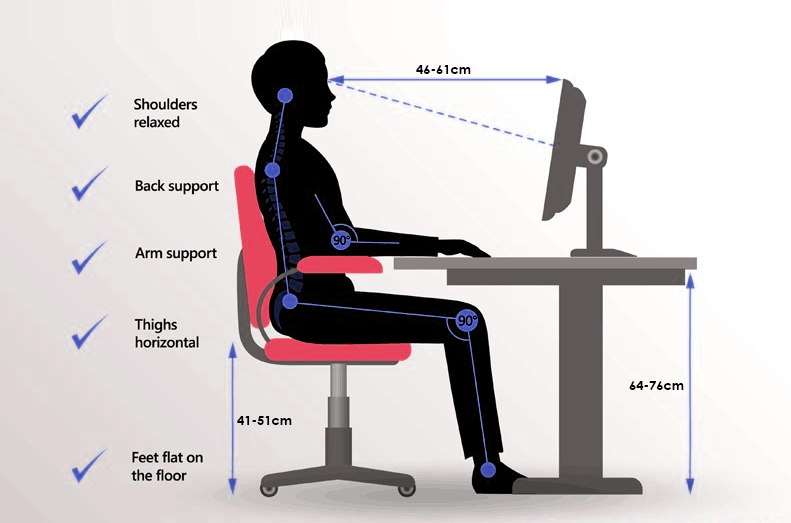 What makes an ergonomic chair? There are a multitude of ergonomic chairs available. There isn’t a type of office chair that is best. However there are something which are very important when looking for an ergonomic chair that suits you and your unique individual requirements. This is however half the story – More on this later! We all understand that an ergonomic chair is important to support yourself during your working day. The right ergonomic chair will help support your lower back and will promote good posture. But what makes an ergonomic chair and what should you look for? There are a number of things should be considered when choosing an ergonomic chair, these include: Adjustable seat height: The height of the seat should be easily adjustable. Usually a gas lift mechanism that Is activated by a lever. Most people have a range of between 40-50cm off the ground. Your feet should be flat on the floor, forearms should be horizontal on the desk and form a right angle at the elbow. Your thighs should be also horizontal to the floor. Seat depth and width: The width and depth of your ergonomic should be adequate to support you, and allow you to have your back up against the backrest of the chair while leaving about 10cm between the back of your knees and the chair. Some ergonomic chairs allow you to tilt and/or extend the base of the chair as desired. The backrest: The backrest of an ergonomic can be one of the most difficult to get right. A ergonomic back rest will support the natural curve of the spine, being adjustable with forward and backwards angles, with a locking component to secure it. The back support can be also available in a mesh backs which improves airflow on warmer days, however can get a little cooler as there is less insulation. Some ergonomic chairs have either a movable or set lumbar support. Lower back support in an ergonomic chair is very important. The lumbar spine has an inward curve, and sitting for long periods without support for this curve tends to lead to slouching (which flattens the natural curve) and strains the structures in the lower spine. An ergonomic chair should have a lumbar adjustment (both height and depth) so each user can get the proper fit to support the inward curve of the lower back. If the office chair has the seat and backrest together as one piece, the backrest should be adjustable in forward and back angles, with a locking mechanism to secure it from going too far backward once the user has determined the appropriate angle. The Seat material: The material on the office chair seat and back should have enough padding to be comfortable to sit on for extended periods of time. Having a cloth fabric that breathes is preferable to a harder surface. Armrests: Office chair armrests should be adjustable. They should allow the user's arms to rest comfortably and shoulders to be relaxed. The elbows and lower arms should rest lightly, and the forearm should not be on the armrest while typing. These general aspects should be looked at when considering an ergonomic office chair. Other things to consider is quality casters, back tilt tension, headrest adjustment and a swivelling option. This is only do half the story – To truly feel the benefits of an ergonomic chair, you should first learn how to sit properly: • Keep an arm’s length away from your computer screen. Ideally, the top of the monitor should be level with your eyes. • Sit up straight and avoid slouching. Your neck should be in a relaxed and neutral position. • Keep your arms parallel to the floor • Sit with both feet flat on the floor, and avoid crossing your legs. This is to allow correct blood circulation within your legs. Remember, a good ergonomic chair will be adjustable, to allow for better control and customised settings. Adjustability is especially important if you are buying chairs that will be used by different users. If you are buying a chair for your home office, or for one person specifically, consider using their body dimensions for a greater ‘fit’. Montage's Ergonomic Chairs
If you are interested in an ergonomic office chair, Montage Commercial interiors have a range that are cost effective, high quality and great looking. Sitting here at my desk, staring at the switch that would convert my comfortable seated desk to a standing desk. Fast forward later in the day, and after standing for over an hour – I felt good. So the question is to stand or not to stand. You won’t go a week without hearing what your body needs to function well, one of which is prolonged seating and bad seating posture that we are all guilty of in our work day. Coupled with the fact that these days we generally work longer hours and spend more time than ever in a seated position. Usually with very little movement with the exception of mouse movements and keyboard use. 81% of Australian workers are now are in jobs which are predominately sitting. Which is almost double of that in 2008 which estimated around 45% of workers at the time were in sedentary roles. Employers have made efforts to combat this by creating spaces and programs to help with this. Breakout rooms, stand up meetings, lunch time activities, subsidized gym memberships and offering a range of sit and stand ergonomic options.  Sit and Stand workstations Enter the sit and stand workstations. These workstations are in essence a desktop with an adjustable height, so the user can switch between a sitting position and a standing position. Also being adjustable to allow for users of different heights to have the desktop at an optimal height. Sit/stand workstations can either be electronic or manual, or with an addition added to a static workstation to allow for adjustable heights. There has been substantial discussion around the benefits of standing desks how much does it help and how long should we stand up in a day. The short answer is yes – Standing desks do help, they will not replace an exercise routine and keeping in mind that you shouldn’t be standing up for too long. So delving a little deeper, how much does a standing desk help in regards to posture and keeping you fit. Standing at your desk is generally beneficial as it takes you away from a bad seating posture, the image indicates a proper standing desk setup. Keeping you fit In a 2015 study published in the European Heart Journal, if you were to replace just two hours of sitting each day with standing it will boost you cardiometabolic health. Which may help reduce cholesterol and blood sugar levels and lower triglycerides by up to 11 percent. This same study found that standing up during the day rather than sitting may also improve your body’s general health, and improve your body’s ability to metabolise fats, carbohydrates which can help to combat obesity and negate weight gain to an extent. According to the European Journal of Preventive Cardiology, standing burns an extra 0.15 calories per minute. Which if you were to stand for 2 hrs a day equate to approximately 360 calories a week – a Big Mac is 260 calories. Productivity also can be boosted, in clinical trials, people who used sit/stand workstations experienced greater engagement, reduced anxiety levels and increased general quality of wellbeing. Some even took less sick days! Keeping in mind that, wearing property footwear that is cushioned and provides support is very important. Standing in in appropriate footwear will cause discomfort over time and will provide issues in the long run. Flooring also plays a part, hard flooring such as wood, concrete or tile will also cause discomfort. Also do what feels right for you, standing for long periods of time can wear you out and cause soreness, build up to it. What is best So – asking what’s best overall is determined person by person, overall standing through out the day does help however your current physical condition and capabilities need to be taken into account. Ease into it, whatever you’re comfortable with and listen to your body. Montage's standing desks If you are interested in standing desks, Montage Commercial interiors have a range of electronic workstations that are cost effective, high quality and great looking. We’ve all been there – in an office place where the constant hum of computers, typing of keyboards and background chatter of the team. People walking past and now we add visual distractions to the list of audible intrusions. Good news is that this white noise is what we are familiar with and now subconsciously tune out. However, what about those more intrusive distractions – The phone call from someone 5 seats down, ever sat in a train where you only hear one side of the conversation? Noise reverberation, complex dynamic offices where hustle and bustle are the norm. Enter Acoustic paneling! Used by the audio industry for years – This material is intended to reduce noise by way of absorbing it rather than letting it bounce off. We all have experienced this at some point when we enter a cinema where if you’ve ever touched the walls, you’ll notice that they’re soft and have a spongy like spring to them. Reaching back to high school science – Sound comes in waves and depending on the frequency can be more focused or omni directional. Sound waves will travel continuously until it meets a surface. (If you have noticed that tiled empty rooms tend to be more echoey rather than a carpeted, furnished living room, this is the reason why) An oversimplification obviously. A material can generally absorb or reflect these waves depending on multiple factors. Softer materials like the carpet and lounge of a living room tend to absorb sound waves. The acoustic panels inherent properties absorb these waves rather than deflect it. 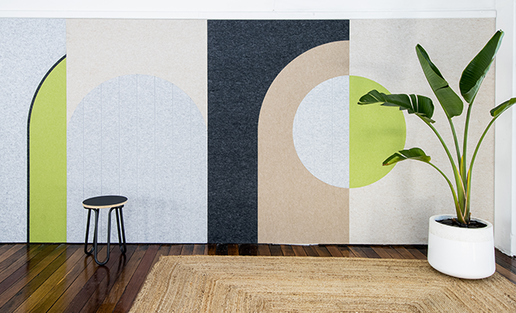 The first question is does acoustic paneling improve or reduce sound? Short answer – Yes it does on both instances. But why do some offices although sound proofed tend to be nosier and even more chaotic? Most likely that the sound proofing has been done to reduce external noise and provide insulation. This in turn can make internal noise louder, remember that if sound isn’t absorbed or dissipated it creates for a louder space, and all that soundproofing has come at a cost of not allowing internal noise to dissipate. Acoustic paneling through the material it’s made from will help absorb direct and indirect sound it comes in contact with. The softer material it’s made from improves acoustic nature of a room. The most common and cost effective acoustic paneling material is foam, which can be then covered by cloth to add an aesthetic appeal. The foam is pressed into flat strips and can be cut into pretty much any shape. This is super useful for portable acoustic solutions. The beauty of foam acoustic paneling is that they are lightweight – The heavier and more dense the material better acoustic properties it possesses, the cost of this is less portability, it’s usually more expensive and will require greater investment to rig up. Applications Foam acoustic panels are the favoured choice as they are a more cost effective when purchased in larger quantities, there is less of a cost in mounting them on walls, this can be partial length or full length. Ceilings where once again you can run these panels using a multitude of configurations. Generally, acoustic panels can be cut into any shape, any size and can have colour treatments applied so you can have almost any colour or pattern printed on the panels. This is useful as acoustic panels can be totally adapted to your office colour scheme and will help reduce most internal office noise If you are interested in acoustic paneling or tiling, then have a look at our Shush Panels. 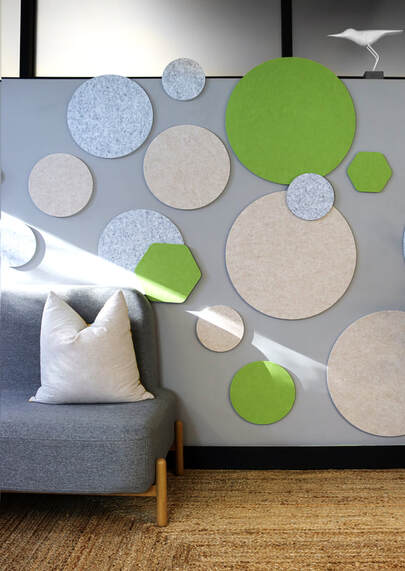 Our shush panels Lightweight semi-rigid panels with excellent sound absorbing properties, Shush panels are an ideal decorative acoustic material which can be applied to walls, ceilings, partitioning, desk screens, and sound booths. They have the ability to be cut to any shape to create interesting wall or ceiling features. Containing a minimum of 65 % post-consumer recycled material (PET bottles). Shush panels are completely safe, non-toxic, non-allergenic, non-irritant, has heat insulation properties, is moisture & mildew proof and are highly durable providing long term stability Our Shush panels are moisture regulating the materials help absorb moisture in the air to enhance the climate of the space, creating a more pleasant environment in the office. The panels PH value makes it inherently mold resistant and is not affected by rot. Our Shush panels are insulating The materials our shush panels are made from have natural insulating properties, helping to keep the space cooler in summer and warmer in winter. Our Shush panels are sound absorbing As the name suggests our shush panels are noise insulating - helping to reduce the overall noise and direct noise of a space. Our Shush Panels are fire resistant The shush panel materials act as a fire retardant and will not continue to burn. Our Shush Panels are environmentally friendly All our Shush panels contain a minimum of 65% polyethylene terephthalate (PET) bottles. Helping reduce our carbon footprint. For more information contact us today or click here to go to our product page Interesting fact: Did you know as humans we need ambient sound. The longest record for someone staying in an anechoic chamber is 45 minutes |
Access Octomono Masonry Settings
AuthorMontage Commercial Interiors. Archives
August 2021
Categories |
Site Map |
ContactSydney - Head Office 380 Princes Hwy, St Peters, NSW, 2044
Phone +61 2 9557 2622 Email sydney - [email protected] Melbourne 32 Viking Court, Cheltenham, 3192 VIC Phone +61 3 9965 0917 Email - [email protected] |
SIGN UP TO OUR MAILING LIST |

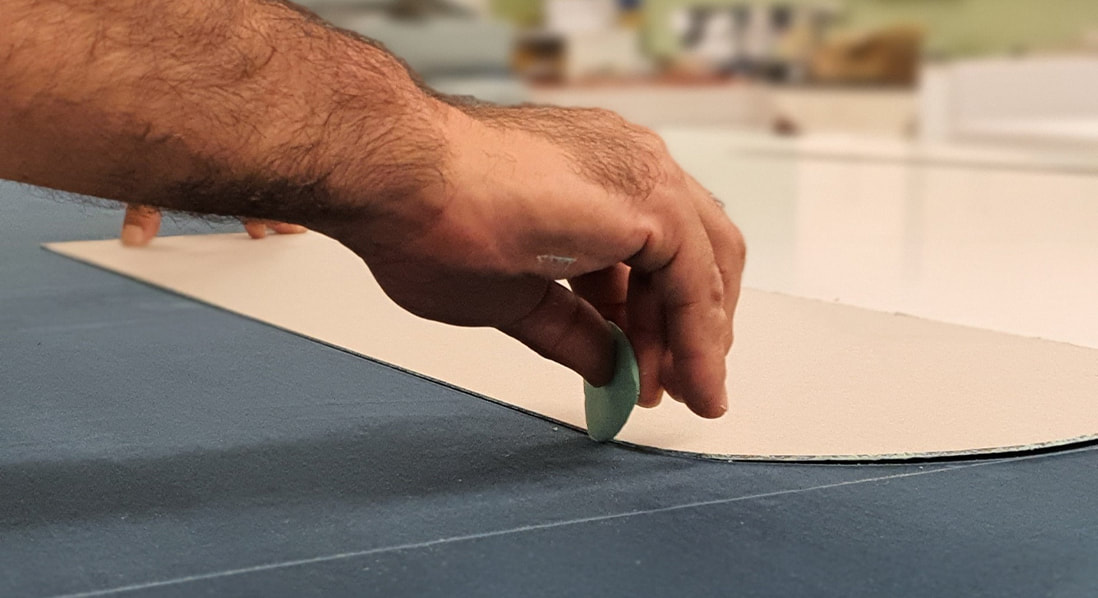
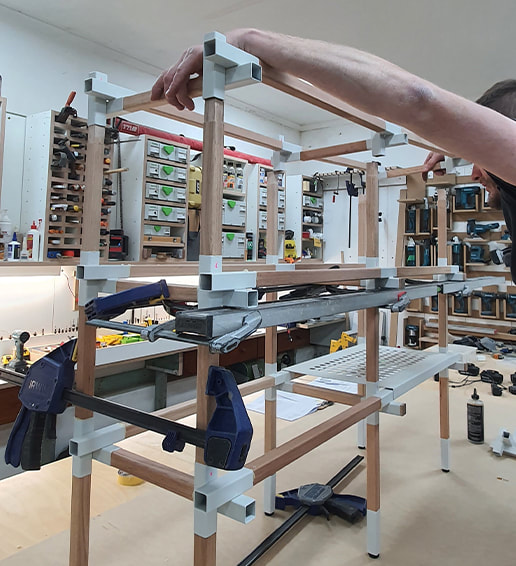


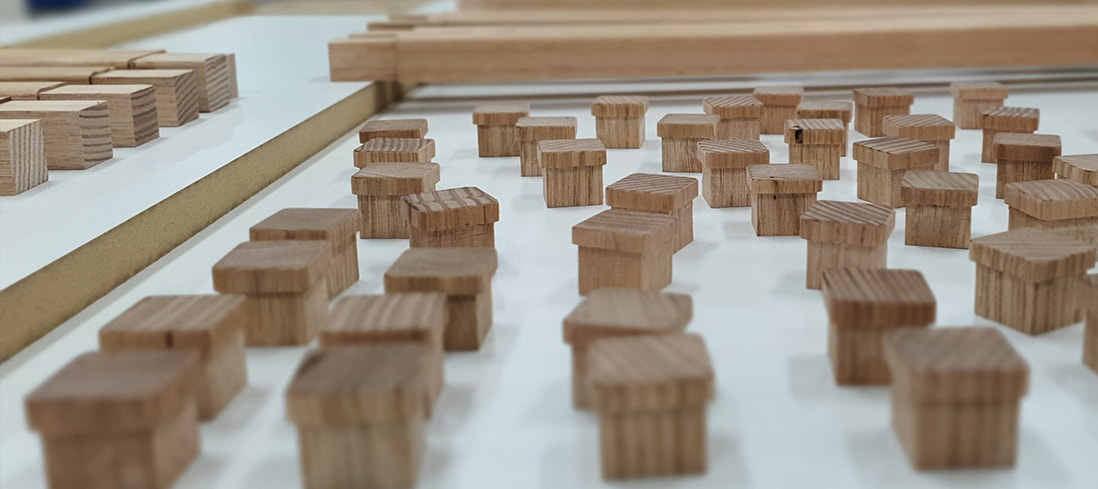
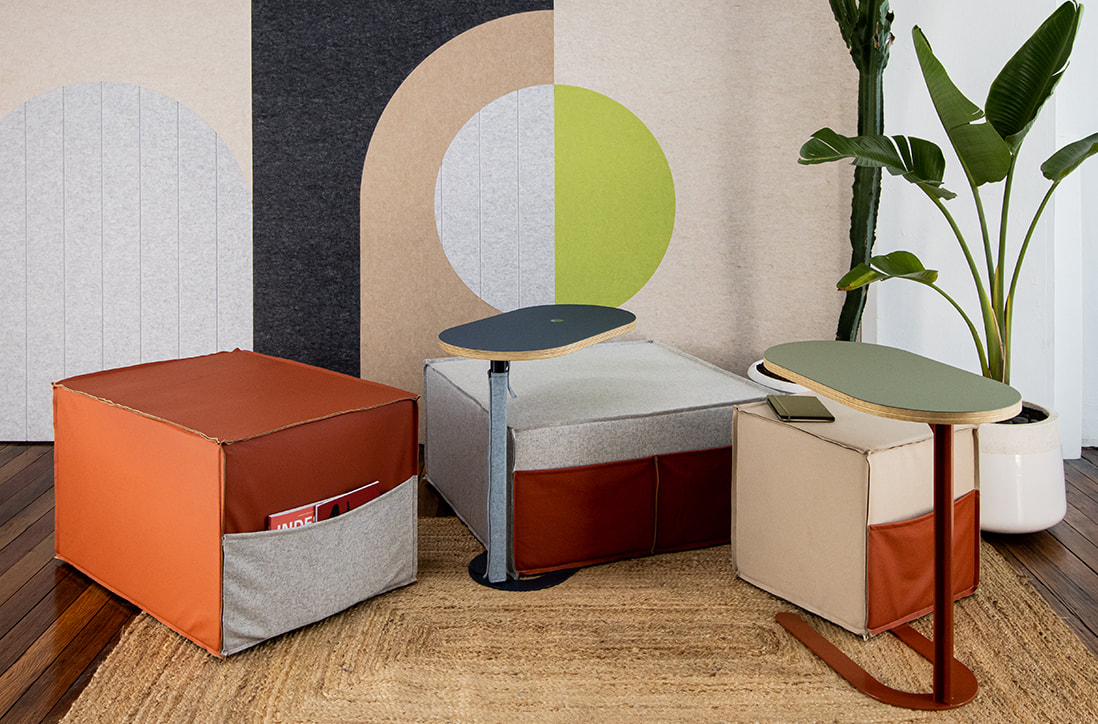
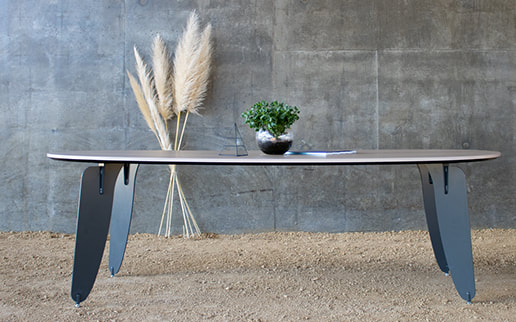
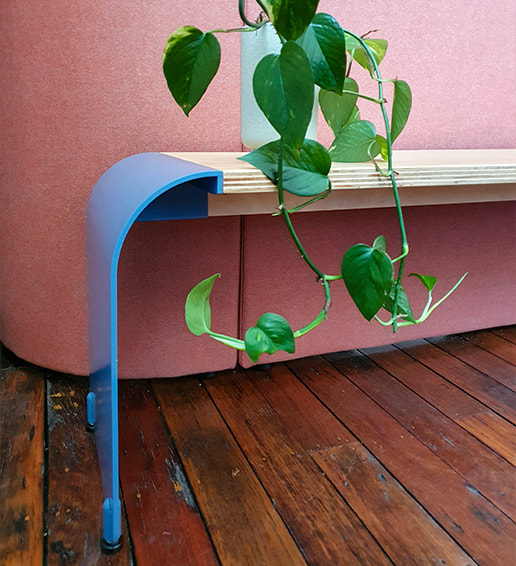
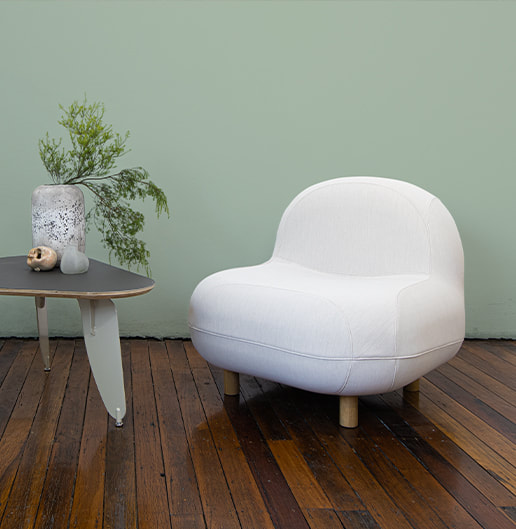
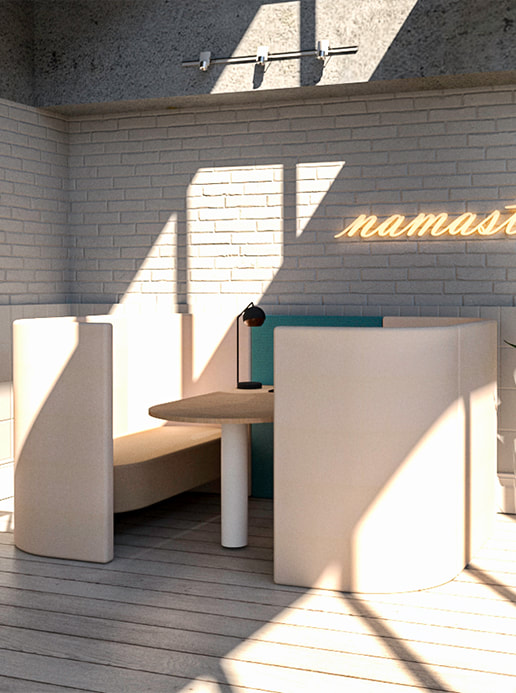
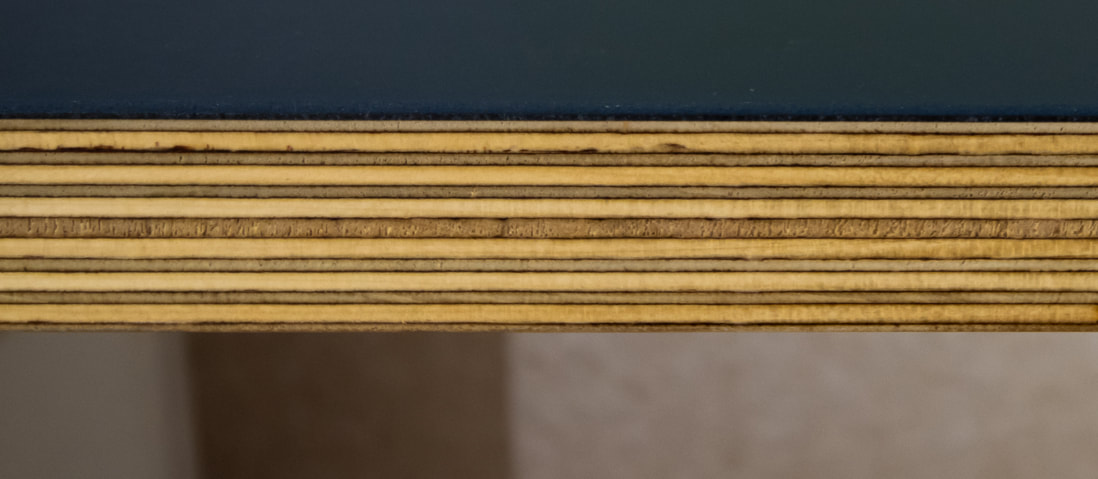


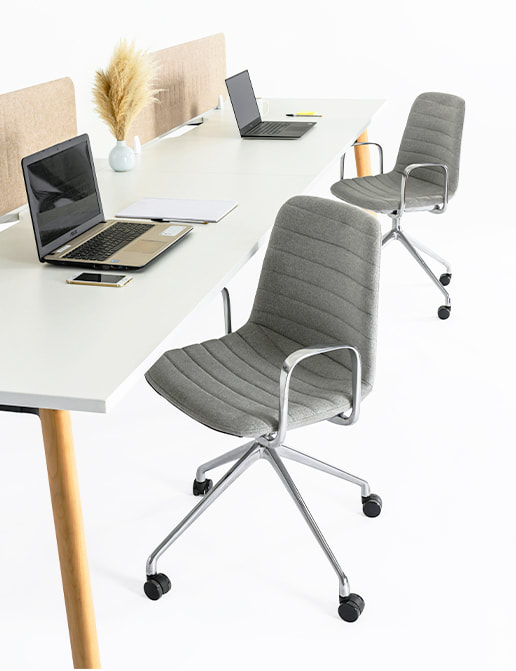
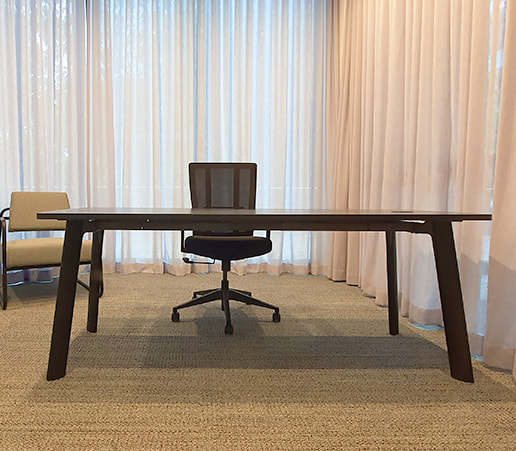

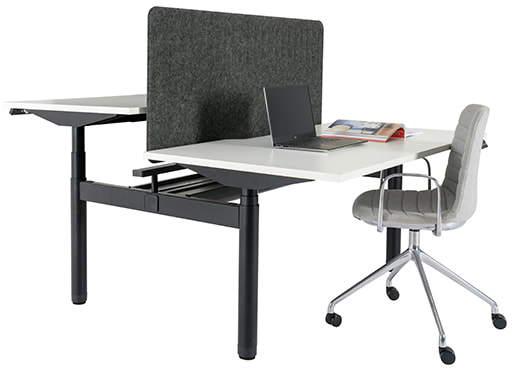
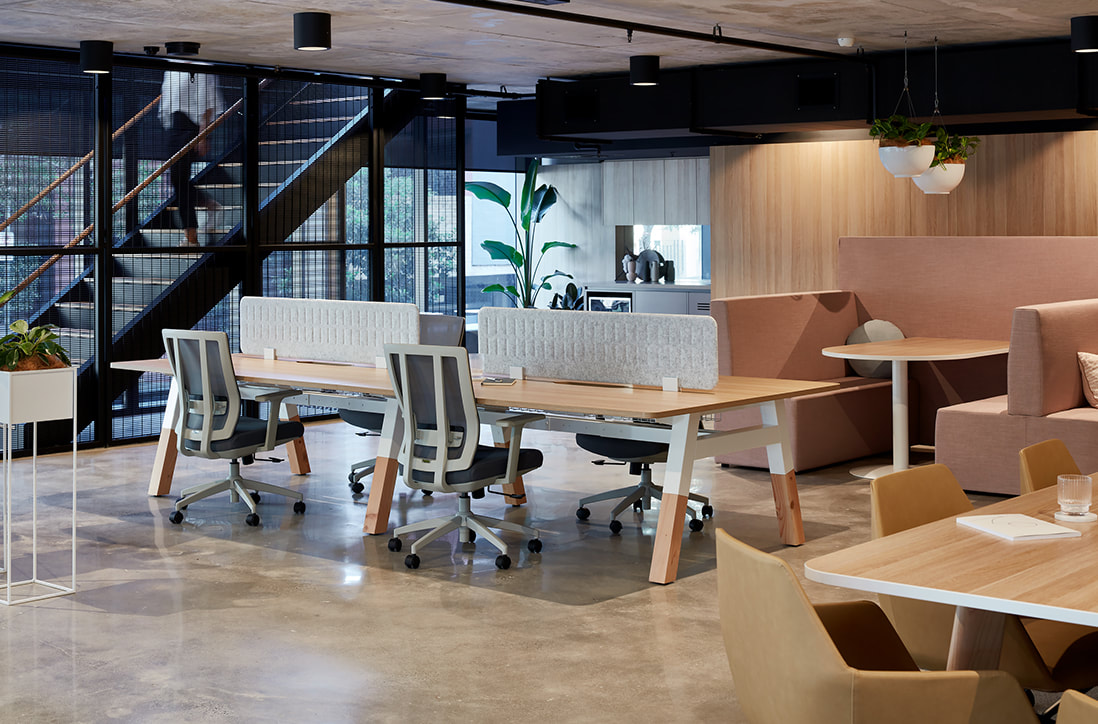



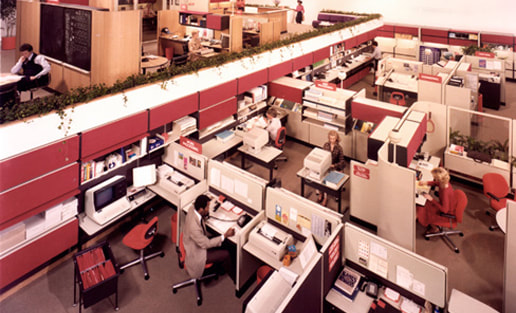
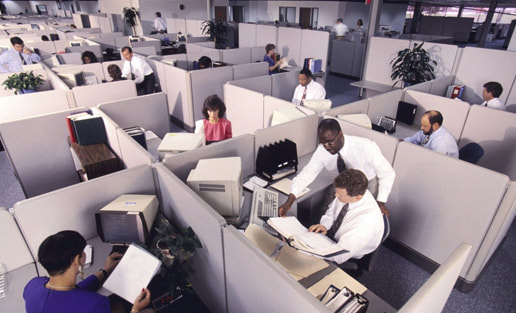
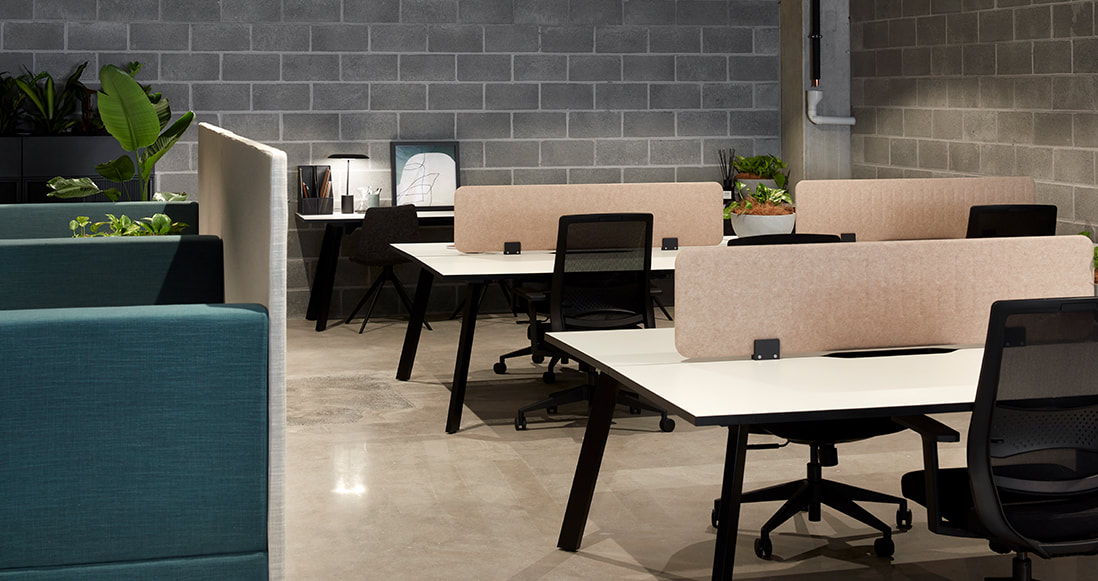

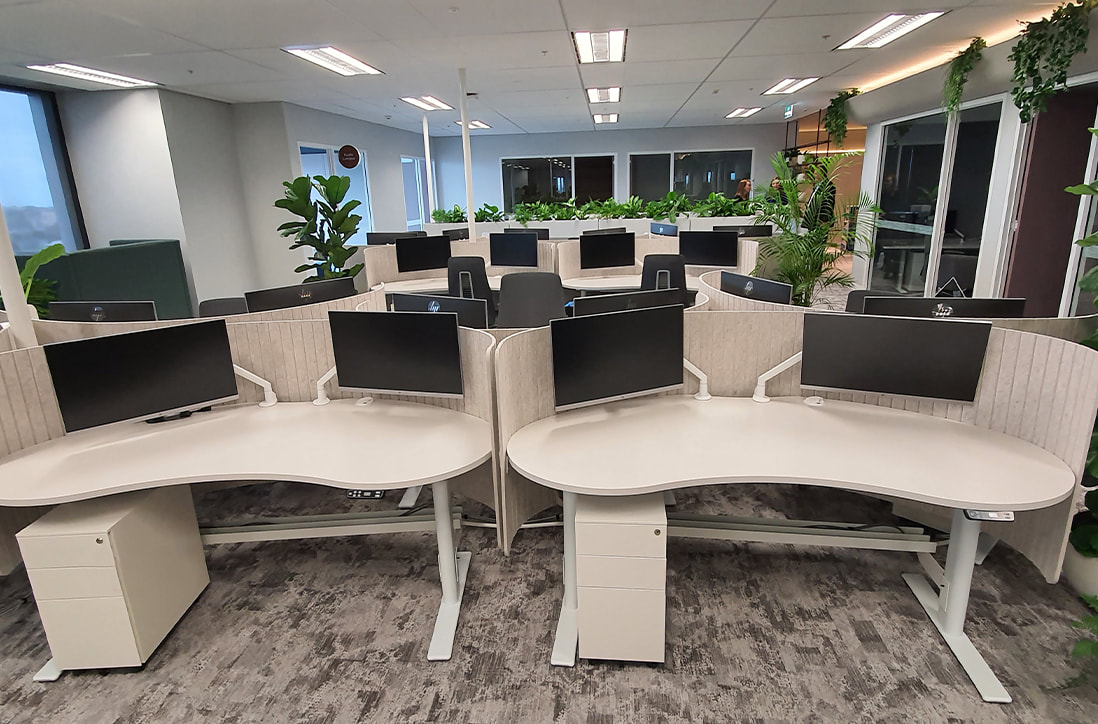
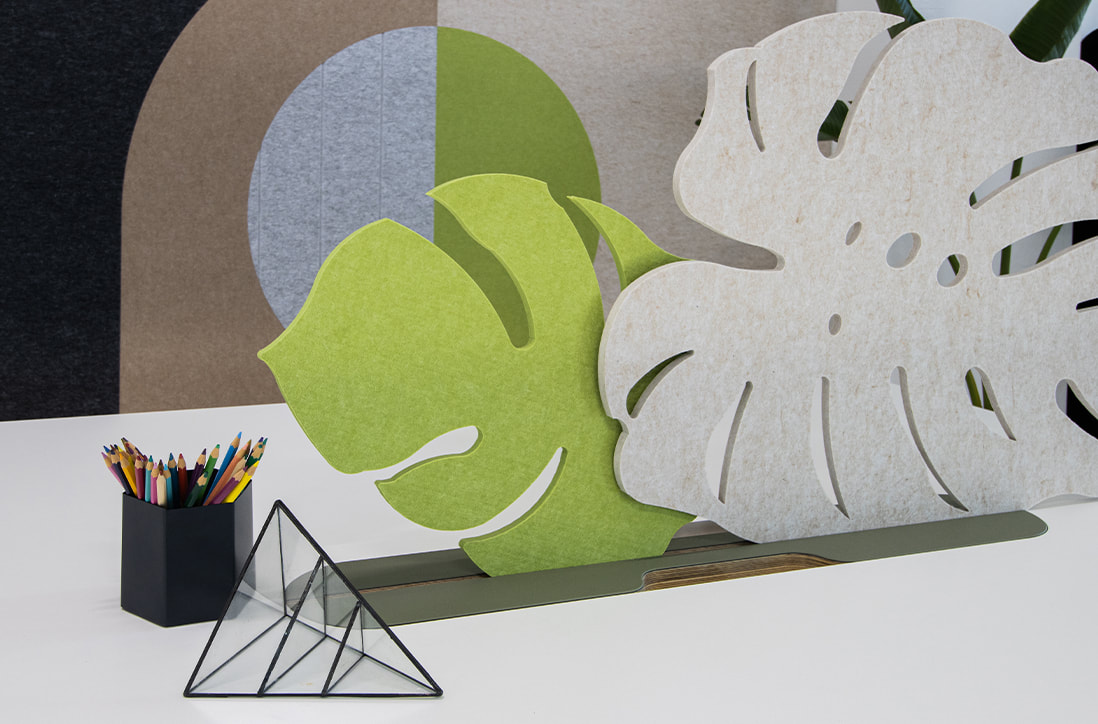
 RSS Feed
RSS Feed
